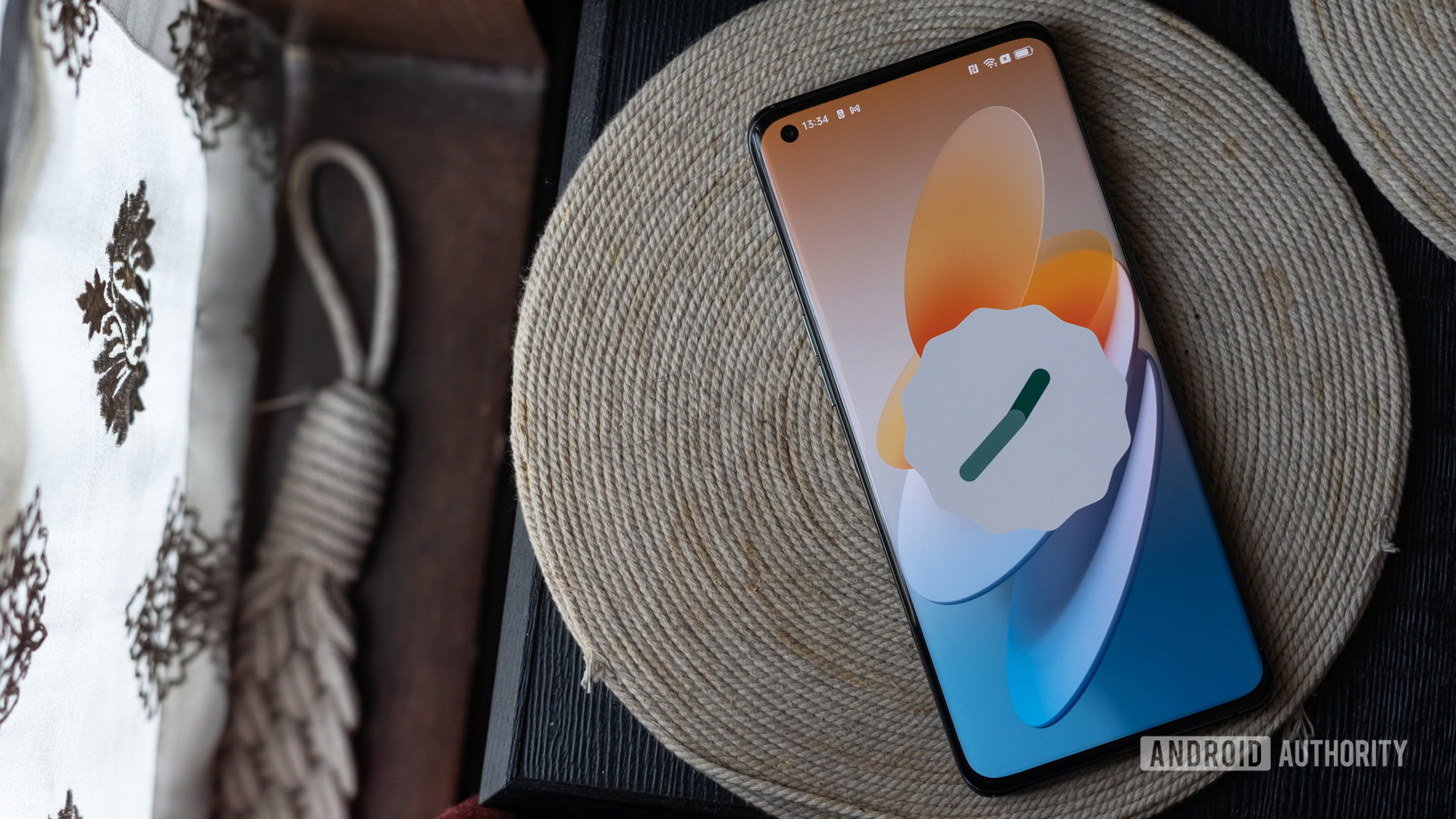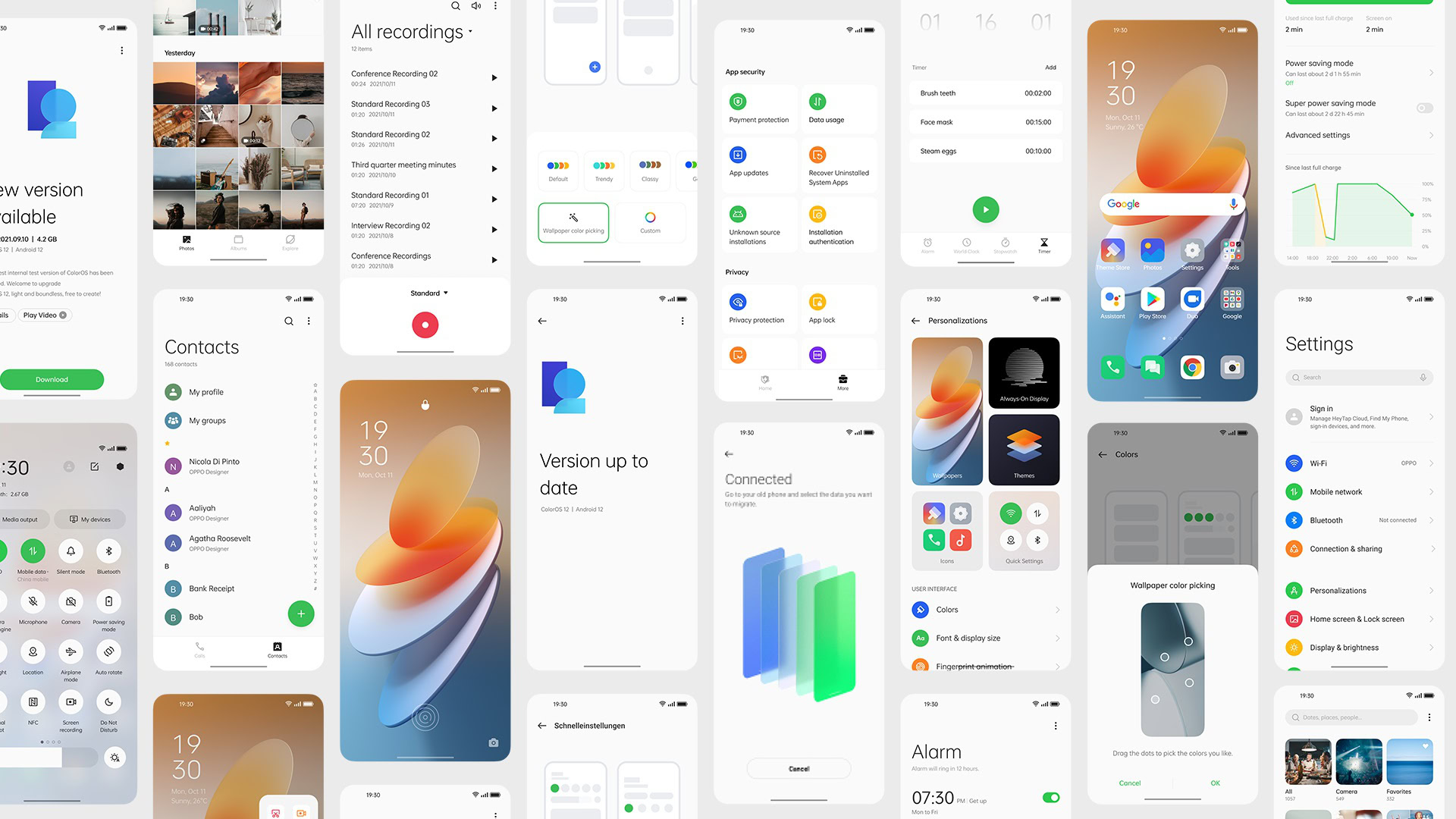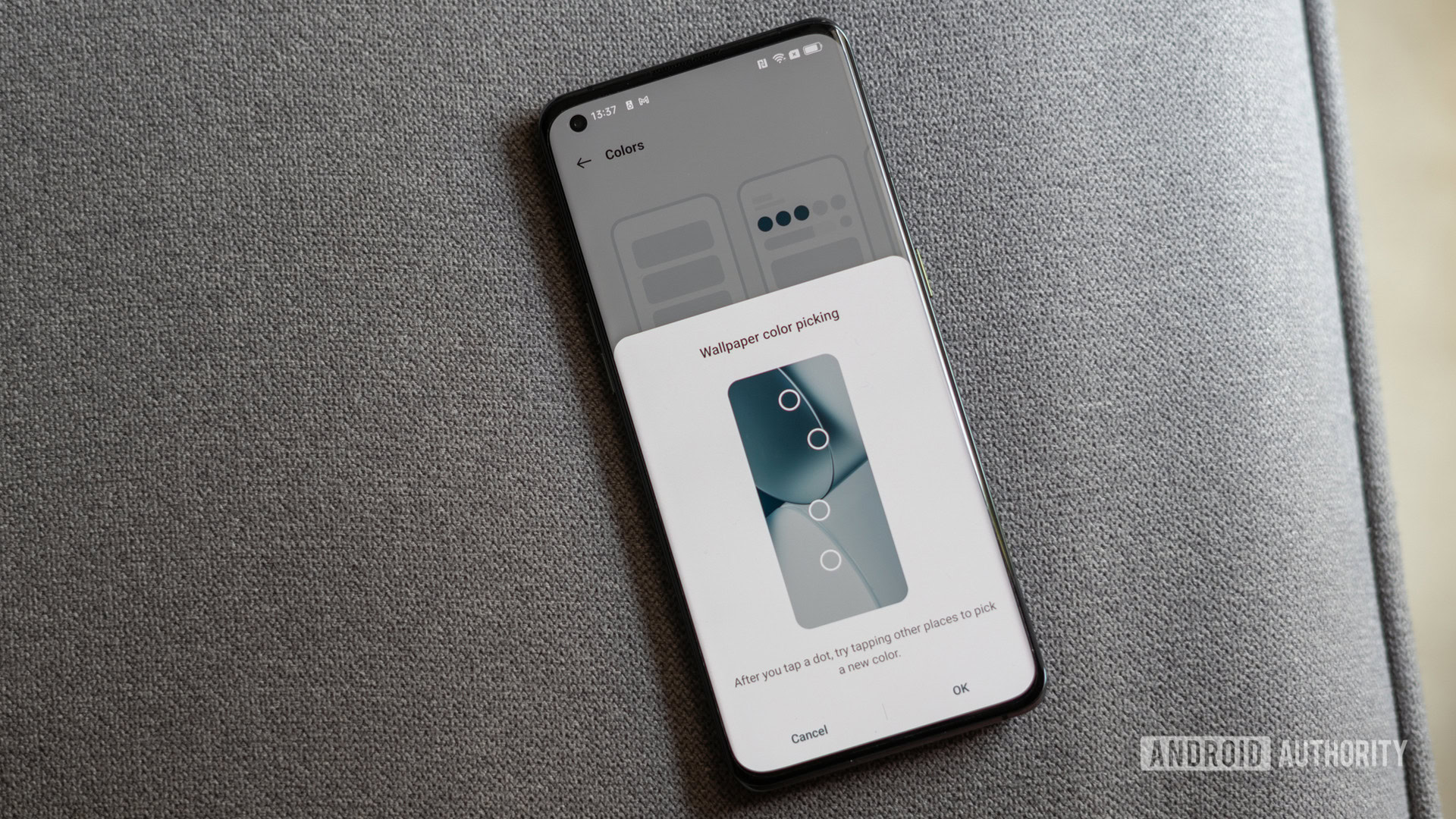Affiliate links on Android Authority may earn us a commission. Learn more.
OPPO's 'stock Android' ColorOS 12 may have been the right approach all along

Google’s Android 12 launch this year has been an interesting one, to say the least. From a source code drop to a delay for the Pixel family, the core operating system has us scratching our heads a little bit. The mystery only gets deeper once you think about what Android 12 means for OEM skins.
In fact, some of the new Android 12 changes make you reconsider what matters in a stock Android experience. There are more customization options than ever to make Android feel uniquely yours, but what about the features? The key to a great Android experience is finding the right blend of core features with a few well-designed additions on top.
Take Samsung, for example — it moved from the bloated days of TouchWiz into a much smoother, cleaner One UI skin. The OEM embraced what people loved about stock Android with a few of its own features. However, Samsung is far from the only developer to elevate its Android experience to a new level.
OPPO seems to have figured out the secret to success with its ColorOS, with last year’s launch coming shortly after the Android 11 rollout. Now it’s gone a step further, with Android 12 embracing some of the best parts of OPPO’s design. Maybe it’s time to see what else OPPO can bring to the table.
Learn more: OPPO starts its global ColorOS 12 launch
The need for speed and coverage
Every time a new version of Android launches, it feels like a race to get the software loaded on your phone. You feel special for being one of the first while having a chance to show off the cool new features to your friends. This is where OPPO has nailed the first layer of an Android launch.
It had the distinct honor of being one of the first to bring ColorOS 11 to market right after Android 11. OPPO even skipped the names of Color OS 8, 9, and 10 to keep things simple. As a result, there was no question about which version of the software you were running, and there was almost no wait to get there. More than 120 million OPPO users adopted the update, tapping into Android’s latest and greatest features.
Keep it clean, keep it simple

The next layer that sets OPPO apart from the competition is the embrace of an efficient Android skin. ColorOS hasn’t always been the cleanest, yet OPPO has taken consumer feedback to heart as part of the development cycle. Some of the best ColorOS 11 customization features have even helped mold Google’s new Material You language, such as the customizable wallpaper with matching app icons.
OPPO kept the same shortcuts and apps of stock Android. They have brought back the Google feed on every new device since 2019 after facing criticism for the lack of Google apps and shortcuts in the early years. It also integrated Google’s best interactions and apps like Android Auto and Google Pay. Better yet, there are fewer preinstalled apps, and more privacy features to keep you focused on what matters.
Slimmed-down for smoothness

Stock Android is light and fast, which makes it such a popular pick among consumers. The challenge is for third-party developers to craft their own unique skin without weighing down the core operating system.
OPPO has prioritized a smoother experience ever since ColorOS 7, and it’s even more noticeable on ColorOS 12. It feels nearly as smooth as stock Android, and it’s all thanks to thousands of engineers working to decouple ColorOS from its underlying architecture. The team has spent two years working to simplify and boost the entire system.
Keeping the smooth experience is also where OPPO’s long-planned merger between OxygenOS and ColorOS comes into play. The two operating systems have merged their research and development resources to build a clean, unified architecture for the future. This should allow for faster, smoother updates packed with the smart features that made OPPO a household name.
The move is good news for OPPO fans and OnePlus fans alike, and it offers a brighter future for Android. OPPO is bringing the speed and simplicity of OxygenOS together with the rich features and customization options of ColorOS — we just need to wait and see what the merger means for Android as a whole.